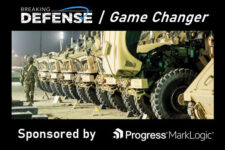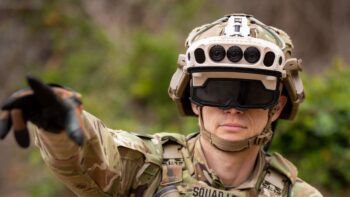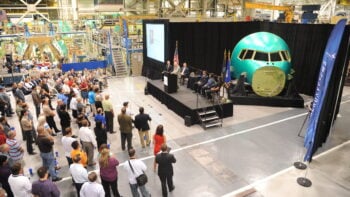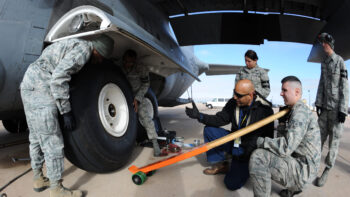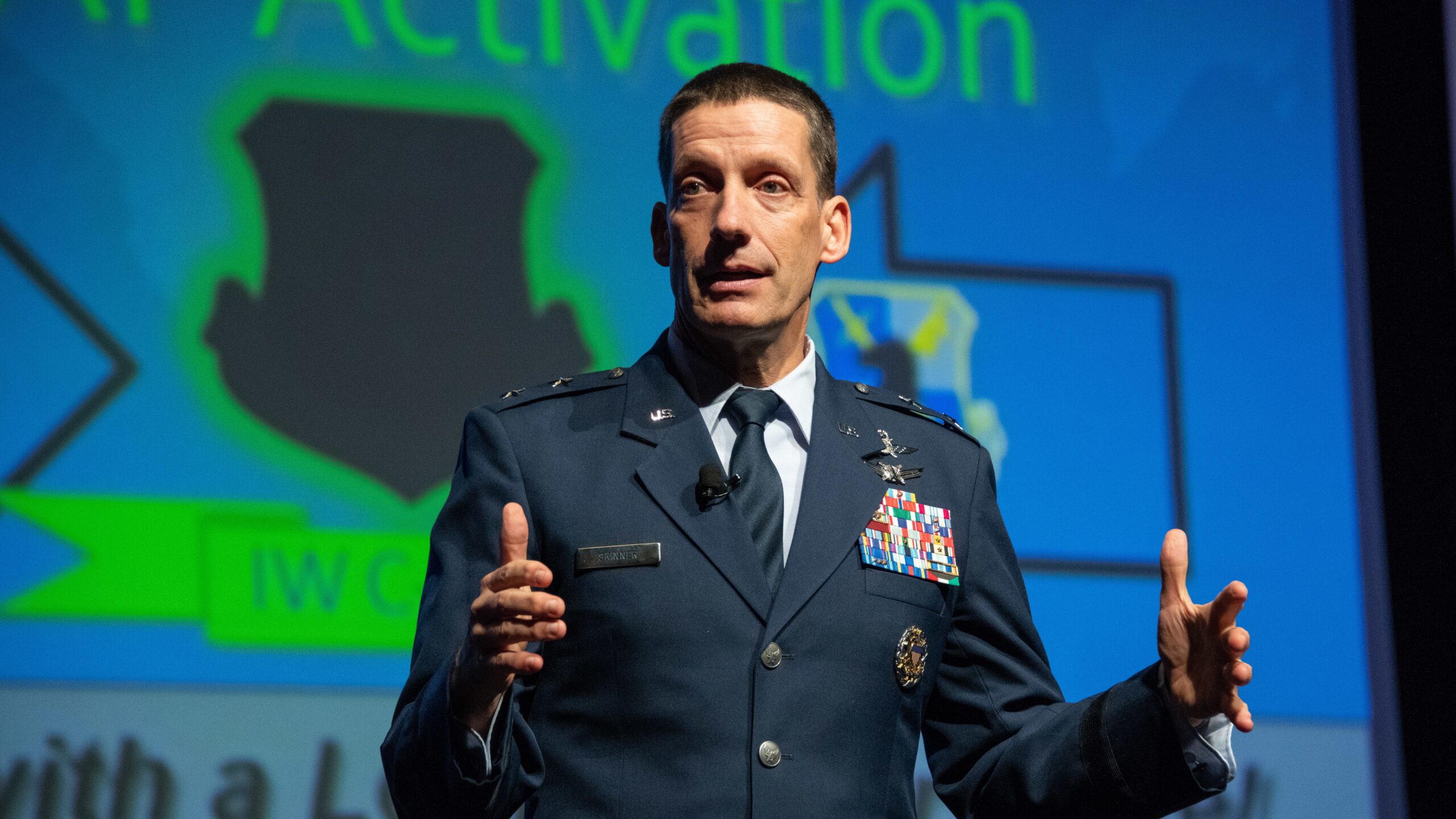
Then-Major General Robert J. Skinner in 2019. (US Air Force / Cassandra Cornwell)
TECHNET CYBER 2022: The director of the Defense Information Systems Agency said today the agency needs industry’s help in over a dozen areas to help push it “into the future.”
Speaking at the AFCEA TechNet Cyber 2022 conference, DISA Director Lt. Gen. Robert Skinner laid out 14 broad areas it wants help from industry on, spanning from quickly deploying cloud environments to developing a “true single sign-on” to reducing the number of steps users have to take to log into IT devices.
Those areas include:
- Deploying cloud environments within hours
- Easy battlespace visualization
- Consistent software licensing
- Legacy and new DevSecOps pipelines
- Seamless transport
- Scaling innovating solutions
- Optimizing current capabilities
- Achieving a mobile force with multi-level security
- Reducing the number of steps to log into IT devices
- A “true single sign-on”
- Delivering minimal viable products within months
- Operational and continuous risk management framework
- Mastered workforce empowerment
- End point performance that doesn’t “crush souls”
Speaking on the cloud and having a single sign-on, Skinner said what DISA needs is a “joint and coalition environment,” one that cuts across offices and would allow users not to be tethered to one operating environment. He added a lot of the things DISA is doing from an application standpoint, like “bringing single-sign on among multiple applications,” still requires logging into a network.
“We have a mission partner environment, we have JADC2,” Skinner said. “How are we bringing those together to truly that, when any individual logs in to wherever they’re logging into, they have the right permissions, the right accesses to the right systems and the right data to perform their mission?… We do not have that today.”
RELATED: EXCLUSIVE: DISA’s Skinner On Thunderdome, DES And ‘Transitioning’ From A Hardware Agency
DISA has “thousands if not tens of thousands” of modern applications, which Skinner sees as the “bulk of the issue” when it comes to leveraging cloud capabilities. Industry could help the agency develop a pipeline focused on legacy applications, and Skinner said he wants one end device that can leverage multiple classification levels no matter where the user is.
“It doesn’t matter what device — it could be an iPhone, it could be iOS, it could be Samsung, it could be a laptop, it could be a desktop, it could be a tablet…How do we truly bring multi-level capabilities to the mobile environment?” he said.
Modernizing the Defense Department’s identity, credential and access management, or ICAM, for controlling networks is also a priority for DISA, but Skinner says it should be a federated environment.
“I don’t think you can have an enterprise ICAM with the complexity of what DoD has,” he said. “So there are going to be enterprise attributes that we agree upon that the enterprise can provide and then…those organizations can leverage the enterprise attributes but also have the realm that can be a lot more agile than what the enterprise can be in changing things. So I think we [should] have a federated environment moving forward and then working with the services and agencies to get after that.”
Skinner in October 2021 spoke on the importance of modernizing ICAM, saying it was foundational for everything DoD wants to do. The effort entailed moving the department from being network-focused to data-centric.
“I’m less concerned about infrastructure, per se, and more concerned about whether the data is secured,” Skinner said then.



